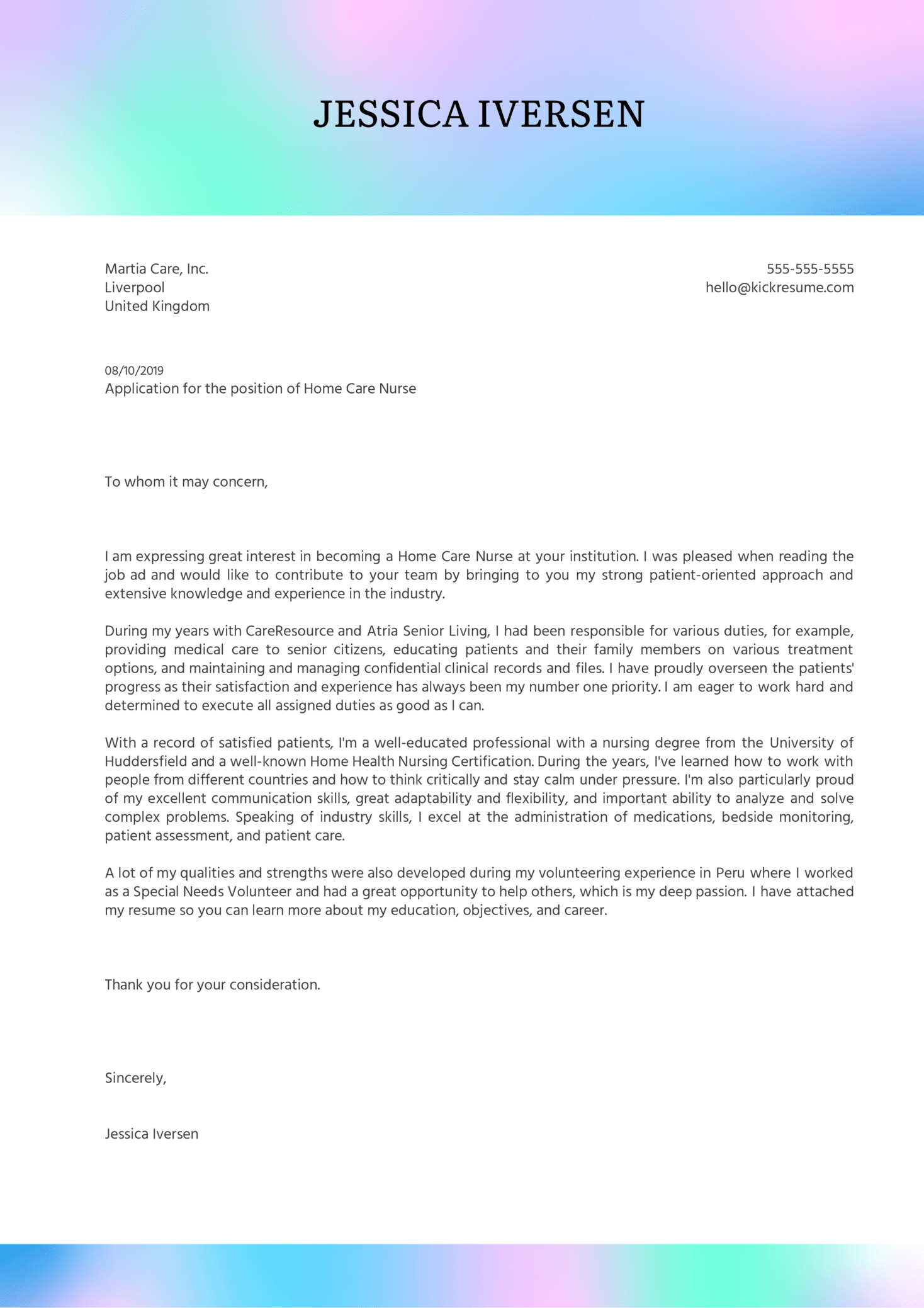
Aging in place allows you to age in your own home safely and comfortably. The Centers for Disease Control and Prevention defines it as the ability to live independently and comfortably in your own home. While there are many benefits to living in one's home, there are also drawbacks. These are five important things to remember. These are the five most important aspects to aging in place. Continue reading to learn more.
How to define aging in place
The goal of this project is to define the concept of 'aging in place'. Our quality of life and mobility decreases as we age. There are many reasons this could happen, including our ability to be independent and the quality of our surrounding environment. This article will discuss some of the reasons. These definitions are useful for helping you create a plan of action to ensure your retirement is comfortable.
'Aging in place' refers to living in a familiar house or home. According to new theories, a home is a place that people know well, feel attached to emotionally, and allows them to live an independent life. Individuals should be able to move around in their own environment, regardless of whether they live alone or with a caregiver. Individuals' quality of living is the most important thing. They should be supported when they live on their own.

The challenges of aging in a place
The growing popularity of aging in place is a sign of a rising trend among older Americans. However, it is not without its challenges. Aging in place can lead to loss of independence and a decline in mental and emotional well-being. Harvard University recently found that Americans are concerned about their retirement cost and uncertain about how to best equip their homes. Even children of older people often ask themselves: how do I grant my parents' wish to age in place?
While aging in place is a noble goal, it requires planning at both the individual and communal levels. Therefore, local governments should be sensitive to the special needs and challenges faced by older people. Aside from the difficulties of aging in place, it is often difficult as it requires extensive home modifications to meet the needs. The following are some of those challenges that older adults have to face. These are the issues that this article will address.
Costs of aging in place
It's a great way to allow seniors to remain independent in their own homes, but still be able to live in familiar surroundings. It is not inexpensive and doesn't always come with a high price. Other costs such meal delivery or housekeeping may need to be accounted for. If you live alone, you might have to pay more in property taxes and utility bills. A reverse mortgage may be a good option for seniors who rely on their home as their sole source of income.
There are many costs to take into account. Although home modifications are costly, they can make aging at home more pleasant and safer. These universal design changes include wider hallways and non-slip floor. The cost of modifications required will vary depending on the extent. You could pay $5,000 to $18,000. A systematic scoping study of the costs involved in aging in place revealed that most of the cost to make a home more accessible for older people was borne by their families and their health care systems.

Contact with the community is key to successful aging in-place
Understanding the history and evolution of neighborhoods is vital to the study of aging at home. Barbara and Diane didn't see change as a threat because they had strong social networks. In contrast, Colin and Jean felt out of place, with fewer social ties and worse health. These findings suggest that whether place can build identity or alienate, it is important to identify and build community contacts.
Another important aspect of aging at home is affordable housing. Substandard housing can increase costs and impact your health and overall well-being. In addition, the lack of transportation can create barriers to accessing needed services. Accessing the right care can be hindered by not being able drive or own a car. Access to affordable home modifications is another important aspect of aging in-place. The success of any aging in-place program depends on the involvement of the community.